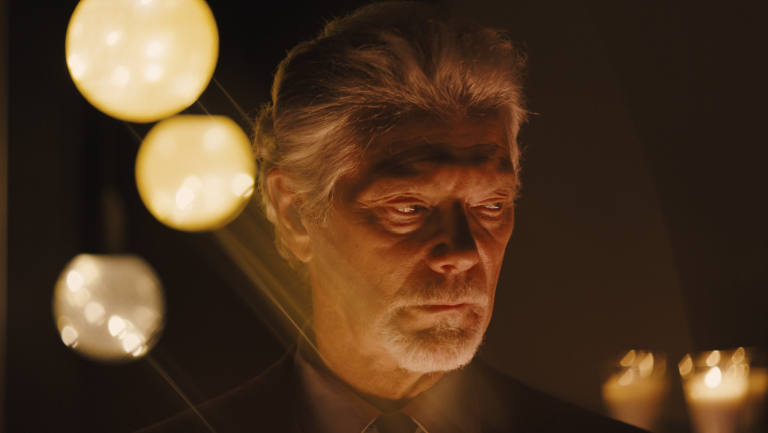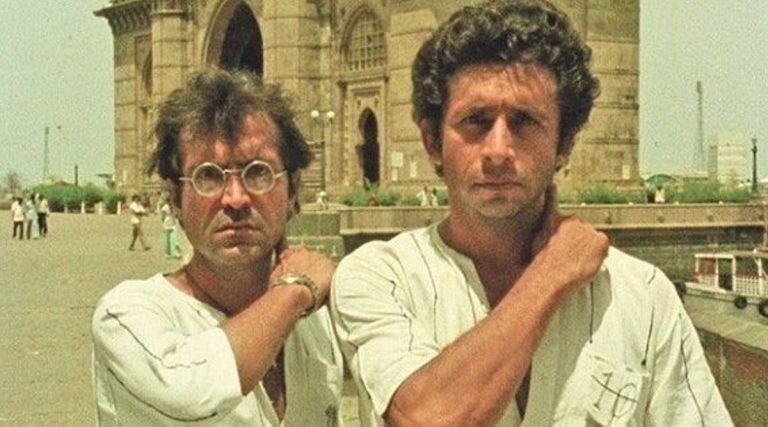Twenty-odd years back, Yash Chopra, Bollywood’s “King of Romance,” gave us a love story between an Indian Air Force officer (Shahrukh Khan) and a Pakistani Muslim girl (Preity Zinta) so wholeheartedly sincere and classically melodramatic that it left us asking the same question the film’s youngest character, Saamiya Siddiqui (Rani Mukherjee), does when she discovers that Zaara has been as devoted to Veer as he has been to her for twenty-two years: “Yeh kis sadi ke log hain?” (What kind of people are these?)
Her (and our) exasperation is contradictory but also wholly understandable: we’re astonished because Veer and Zaara’s equally pure love for each other is convincing enough to feel real, but we’re also embarrassingly dumbfounded because exposure to gritty realism and postmodernism (Bollywood was transitioning from heartland melodrama to multiplex mellow drama) has ruined our ability to take much of this grand-old-school-Bollywood’s sincerity seriously. Revisiting the film in 2024 still inspires a similar affective response. But it also inspires another one of utter bewilderment at the existence of a commercial Bollywood melodrama that encourages a form of patriotism not rooted in traditionalism and jingoism.
Of course, it’s easy to bemoan what is relative to what was in 2004 (“chaha tha kya, paya hai kya”). After all, it was the year of not only Veer-Zaara but also Farah Khan’s Main Hoon Na and Ashutosh Gowariker’s Swades: two SRK films that also expressed their love for the country by daring to question the establishment. “Bharat” was never already “Mahaan” in any of these films: it could become one if it decided to build bridges with communities and countries, most notably Pakistan, with which it had previously been at odds.
It’s particularly odd, then, to position Veer-Zaara as a glowing relic of the past that we want contemporary Bollywood to replicate. For it undermines the very ethos of the film: remember to realize and reorient, not relive. Reliving necessitates a form of easy (and, in this context, dangerous) nostalgia: a yearning for a perfect time and place lost to time. But both Sr. and Jr. Chopra (Aditya Chopra is the film’s sole screenwriter) consistently push Veer and Zaara in Veer-Zaara to reach a place in this time that’s, yes, built upon the past’s foundation, but also trying to build something better than it.
The film’s narrative structure – a wonderful recontextualization of Aditya Chopra’s 1995 classic NRI romance, Dilwale Dulhania Le Jayenge – epitomizes this. The two halves of Veer-Zaara, like DDLJ, are set in two different geographical locations separated by cultural and socio-political borders. The first one – situated mainly on the Indian side of the Wagah border – mirrors Raj and Simran’s meet-cute on the Euro Tour. Long story short: opposites meet; first, they can’t stand each other; then, they can’t stand anything without each other. The second half tests this commitment: Veer, like Raj in DDLJ, must conquer the other side of the border to win back the love of his life.
There are two critical differences, however. First, whereas DDLJ’s relocation to India in its second half binds it closer to the traditionalism it also wants to critique (Raj will “win” back Simran only if he also wins her father’s respect and approval), Veer-Zaara’s move to Pakistan frees itself from such a thing. In particular, Veer decides to move across the border despite knowing that the Indian Air Force would fire him, for doing so is him transgressing his national duty. He is willing to break every other restrictive bond to form one with Zaara. And if that isn’t possible, he will create false ones to protect her honor.
Second, Veer-Zaara, unlike DDLJ, is doubly divided. Not just geographical distances separate the lovers; time does, too. Each half of the film features two unequally distributed narrative tracks – past and present – that Chopra melodramatically contrasts. In the first half, the past, set in vibrant, festivity-time approaching (“lo aa gayi Lodi ve!”), Punjab chronicles Veer and Zaara’s blossoming love story.
It also – especially with the song “Aisa Des Hai Mera” – functions as a genuinely lovely advertisement for Incredible (Rural) India as Chopra and cinematographer Anil Mehta display everything great about the country – its multiculturism, earthiness, geniality – without resorting to cheap sentimentality. Conversely, the present-day section, set inside the gray-scaled walls of a prison in Lahore, is almost totally devoid of color. An unkempt and disheveled ghost of a man, Veer Pratap Singh, recognized by number (“Prisoner No. 786”), not his name, sits in the dark, blank-faced and silent, having muted out every color, sound, and smell that he describes vividly in the flashbacks.
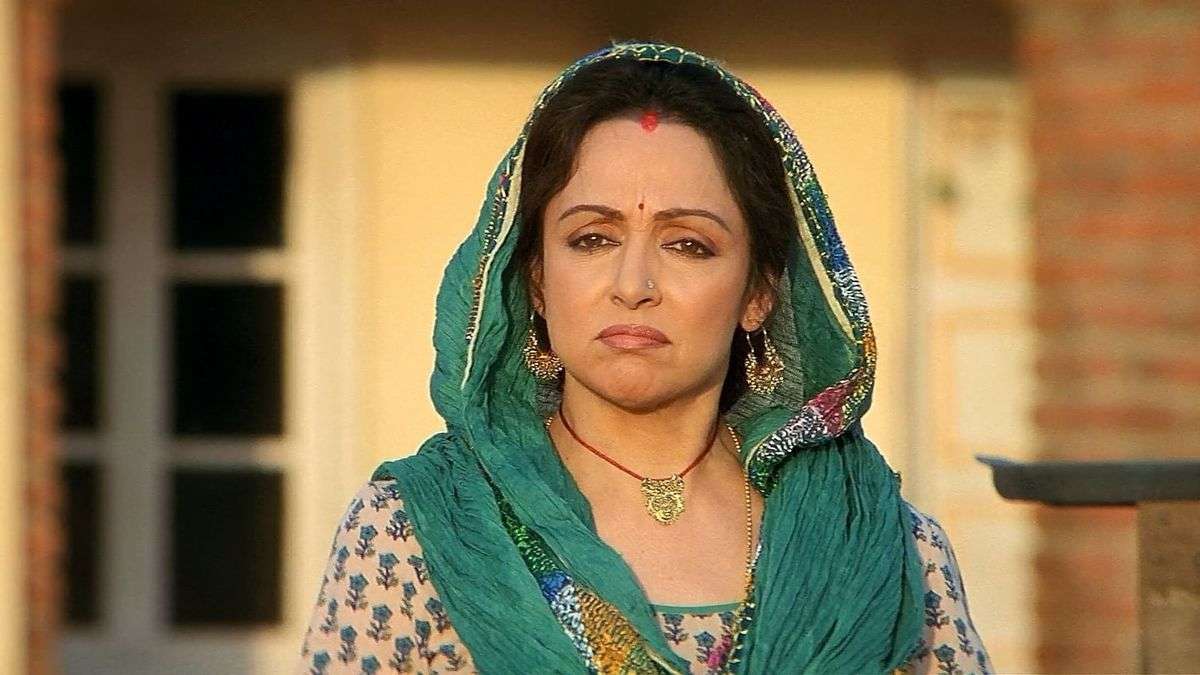
The second half could have very easily mirrored these polarities to preserve melodramatic symmetry and paint Pakistan in a bad light. It could have shown that Veer and Zaara separated in Pakistan in the past but then reunited in India in the present. The entire second half, however, only takes place in Pakistan. The past section does, still, show Lahore in a dimmer light than Punjab: Zaara’s aristocratic family seems rigidly conservative compared to Veer’s Maati and Bauji (foster parents). Lahore skies are dark bluish-grey relative to Punjab’s bright blue. The qawwali “Aaya Tere Dar Par” is intensely emotional (“yeh duniya ki hai rasmein, main hun ab inke bas mein”), not colorfully vibrant like “Aisa Des Hai Mera.”
The present section, however, also set in Lahore but outside the confines of the jail, echoes Zaara’s claim that “her nation is just like Veer’s” (“aisa des hai mera, jaisa des hai tera”). After getting a medium-short haircut and a suit, “Kaidi No. 786” transforms into his younger Veer Pratap Singh self; the courtroom where he sits quietly, listening to Saamiya argue his case, has a muted goldish-yellow glow reminiscent of the color of Punjab’s open wheat fields; Veer does, eventually (re)unite, with his Zaara.
Looking at the film from a bird’s eye point of view shows how Sr. and Jr. Chopra use traditional melodrama to move the burden of tragedy from the present onto the past for both India and Pakistan. In the first half, the present in Pakistan is dystopian relative to India’s utopian past; the second half transfers the dystopia to the past and brings India’s (past) utopia to Pakistan’s present. But this still implies that (1) Veer, the Indian, is the person who actively sacrifices the most, whereas Zaara, the Pakistani, remains a passive victim, and (2) Pakistan’s present-day goal ought to be to catch up to India’s perfect, prettified past.
Two moments (“do pal”) revolving around Zaara directly refute these implications. The first happens during the first half when Zaara takes the village tour with Veer’s foster father, Choudhary Sumer Singh (Amitabh Bachchan). His character, akin to the general tone of the film in this section set in Punjab, is upbeat and welcoming. He’s keen to show Zaara his village’s hospital and school, proudly claiming that he and Maati built it all from the ground up. When Zaara politely enquires if the village’s girls have a similar opportunity to progress as the boys she saw at the school, he, in the same casually confident way, says, “How can we send the girls so far? They have to stay back and look after the household. And anyway, what’s the point of getting them higher education?”
Zaara, still politely but slightly more assertively, says, “That’s unfair, bauji…you encouraged the boys to fight the world but made the girls weak.” Suddenly, the image of the perfect India breaks (visualized wonderfully by Sumer Singh applying the brakes on the cycle he was freely riding before), for an innocent Pakistani girl has highlighted that even though it may look and feel like it, the past (in this case, India’s) is not perfect. Sumer Singh acknowledges this, making it his goal to build something better than what he envisioned.
This generosity – to listen and care and act upon what someone has said – extends beyond Veer’s foster parents to Zaara’s. The moment that highlights this seems relatively less significant compared to the one with Sumer Singh because Chopra has Shabbo (Divya Dutta), Zaara’s house help, tell Saamiya towards the film’s end what Zaara did after she heard the news of Veer’s death in a bus accident. (She’s unaware that her then-politically connected fiancée, Raza, got Veer arrested by falsely accusing him of being an Indian spy).
But it’s of great importance – both in highlighting the magnitude of Zaara’s sacrifice for Veer and her parent’s supportive role in it. Throughout the film’s second half, the film repeatedly highlights Zaara’s marriage to Raza as politically motivated; the public fallout from calling off the marriage risks her father’s (and, by extension, her family’s) reputation. But Veer’s “death” convinces her to break her marriage after committing to it – a social transgression far more damaging than “calling off her marriage.” What’s more – “her father helps her get the divorce.”
Veer-Zaara’s acknowledgment of these sacrifices is critical because it shows its genuine consideration for both sides of the border. It’s not virtue signaling that relies on relegating the Pakistan side of the story to a big speech or set piece. Chopra sows this progressivism into the film’s (narrative) fabric. Saamiya represents the young, highly educated girl Zaara claimed: “may actually go one step further than Veer if given a chance to study.” She – also inspired by her father’s “fight for truth and justice” – is Veer and Zaara’s “farishta” (angel) born out of their collective will to envision a better future for India and Pakistan, not a cheesily melodramatic reminder of a child they had out of wedlock.


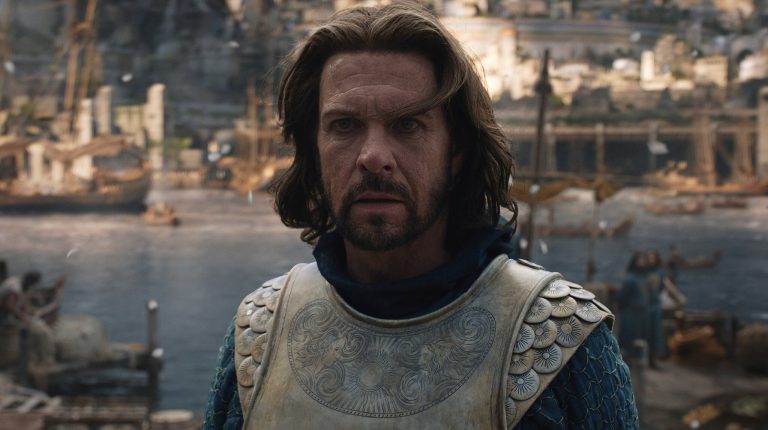
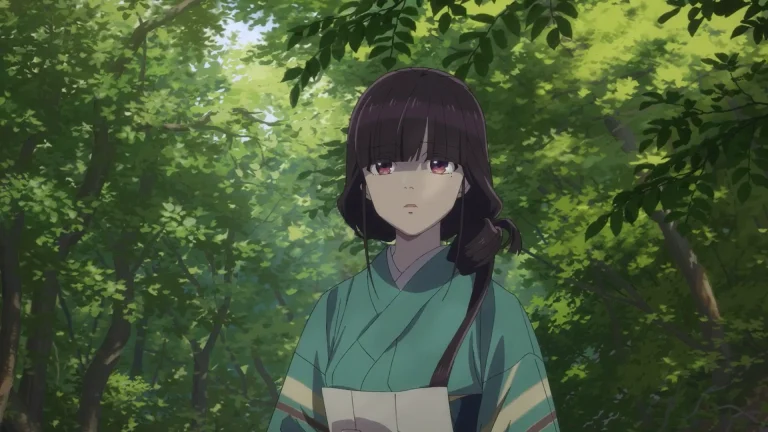
![A Matter of Life and Death [1946] Review: A Timeless Treasure of British Cinema](https://79468c92.delivery.rocketcdn.me/wp-content/uploads/2020/06/a-matter-of-life-and-death-screenshot-1-768x558.jpg)

